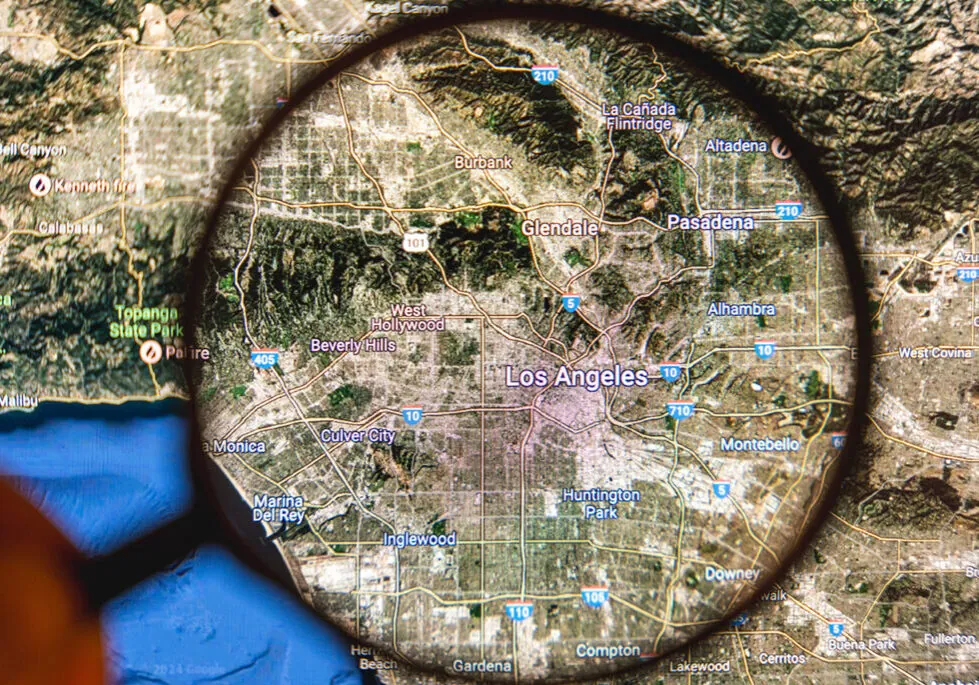When you’ve been injured in an accident, the thought of having to navigate insurance claims can feel overwhelming. You might find yourself grappling with questions such as: How much is my claim really worth? Am I being offered a fair settlement? What if the insurance company denies my claim? How long will this process take? Should I accept the first offer I receive?
These common concerns need to be addressed systematically and professionally so you can both avoid common pitfalls and receive the compensation that you deserve. Let’s walk through the process step by step:
What’s In Your Insurance Policy
Your insurance policy is a contract between you and your insurer. It outlines what’s covered, what’s not, and the limits of your coverage. Here are key elements to understand:
- Coverage types: Familiarize yourself with the different types of coverage in your policy (e.g., liability, comprehensive, collision, personal injury protection).
- Policy limits: Know the maximum amount your insurer will pay for a covered loss.
- Deductibles: Understand the amount you’re responsible for paying before your insurance kicks in.
- Exclusions: Be aware of situations or circumstances not covered by your policy.
The Issue of Uninsured Drivers
According to a recent report by the Insurance Research Council (IRC), about one in seven U.S. drivers (14%) drove without liability insurance in 2022. Broken down by state, the District of Columbia tops the list with 25.2% uninsured drivers, followed closely by New Mexico at 24.9% and Mississippi at 22%. On the flip side, Wyoming, Maine, and Idaho have the lowest rates, all hovering around 6%.
Here in California, about 16.6% of drivers are uninsured, putting the Golden State in the top 10 nationwide. That’s nearly one in six drivers on California roads.
What’s behind these numbers? The IRC report points to a few factors. During the pandemic, personal income took a hit, inflation increased, and people were driving less. All of this led some drivers to skip out on their mandatory auto insurance.
So why does this matter to you? If you get into an accident with an uninsured driver, things can get complicated. That’s why understanding your own coverage is crucial.
Reading tip: What Is Uninsured and Underinsured Coverage On Your Insurance Policy
Navigating the Claims Process
Filing a claim can be straightforward if you’re prepared. Follow these steps:
- Report the incident promptly: Contact your insurer as soon as possible after an accident.
- Document everything: Take photos, gather witness information, and keep records of all communications related to your claim.
- Be honest and thorough: Provide accurate information to your insurer. Misrepresentation can lead to claim denial.
- Understand the timeline: Ask your insurer about expected processing times and follow up regularly.
Negotiating Settlements
Insurance companies often initially offer low settlements. Here’s how to negotiate effectively:
- Know your claim’s worth: Research similar cases and consult with an attorney to understand the fair value of your claim.
- Don’t accept the first offer: Initial offers are often low. Be prepared to counter with a well-reasoned argument.
- Provide supporting documentation: Medical records, expert opinions, and evidence of long-term impacts can strengthen your position.
- Be patient but persistent: Negotiations can take time. Stay focused on your goal of fair compensation.
Common Pitfalls to Avoid
Be aware of these common mistakes that can harm your claim:
- Giving recorded statements without legal advice: Insurers may use your words against you. Consult an attorney before providing detailed statements.
- Settling too quickly: Don’t rush to accept an offer before understanding the full extent of your injuries and losses.
- Signing blanket medical authorizations: Provide only relevant medical information to protect your privacy and prevent insurers from using unrelated health issues against you.
- Posting on social media: Insurers may monitor your online activity. Avoid discussing your case or posting photos that could contradict your claim.
- Missing deadlines: Be aware of statutes of limitations and policy-specific deadlines for filing claims.
Understanding Bad Faith Practices
While most insurers operate ethically, some may engage in bad faith practices. These can include:
- Unreasonable delays in processing claims
- Denying claims without proper investigation
- Misrepresenting policy terms
- Failing to provide a reasonable explanation for claim denials
If you suspect bad faith, document all interactions and consult with an attorney. In California, the Fair Claims Settlement Practices Regulations provides protections against such practices.
The Impact of Comparative Negligence
California follows a “pure comparative negligence” rule. This means your compensation may be reduced by your percentage of fault in an accident. For example, if you’re found 20% at fault in a $100,000 claim, you may only receive $80,000.
Understanding this concept is crucial when negotiating settlements. Insurers may try to inflate your percentage of fault to reduce payouts. Having strong evidence and legal representation can help counter such tactics.
The Value of Legal Representation
While not every claim requires an attorney, complex cases or those involving significant injuries often benefit from legal expertise. An experienced personal injury lawyer can:
- Accurately value your claim
- Navigate complex legal and medical issues
- Negotiate effectively with insurers
- Represent you in court if necessary
Need help? Contact Penney & Associates
At Penney & Associates, we bring a unique perspective to insurance claims. Many of our trial lawyers previously worked in the insurance industry, giving us insider knowledge of how insurers operate and negotiate. This experience allows us to anticipate and counter their strategies effectively, ensuring our clients receive fair compensation for their injuries and losses.
With offices across California, including Chico, Rocklin, Roseville, Sacramento, Los Angeles, Santa Clara, and more, we are always easily accessible. Understanding your policy, knowing your rights, and seeking professional help when needed can make all the difference in achieving a fair outcome. Contact us today for a free consultation.
Read More
Distracted Driving: The Most Dangerous Cities for Pedestrians in California
What Sets the Best Personal Injury Law Firms Apart?
10 Common Accidents in the Summer



